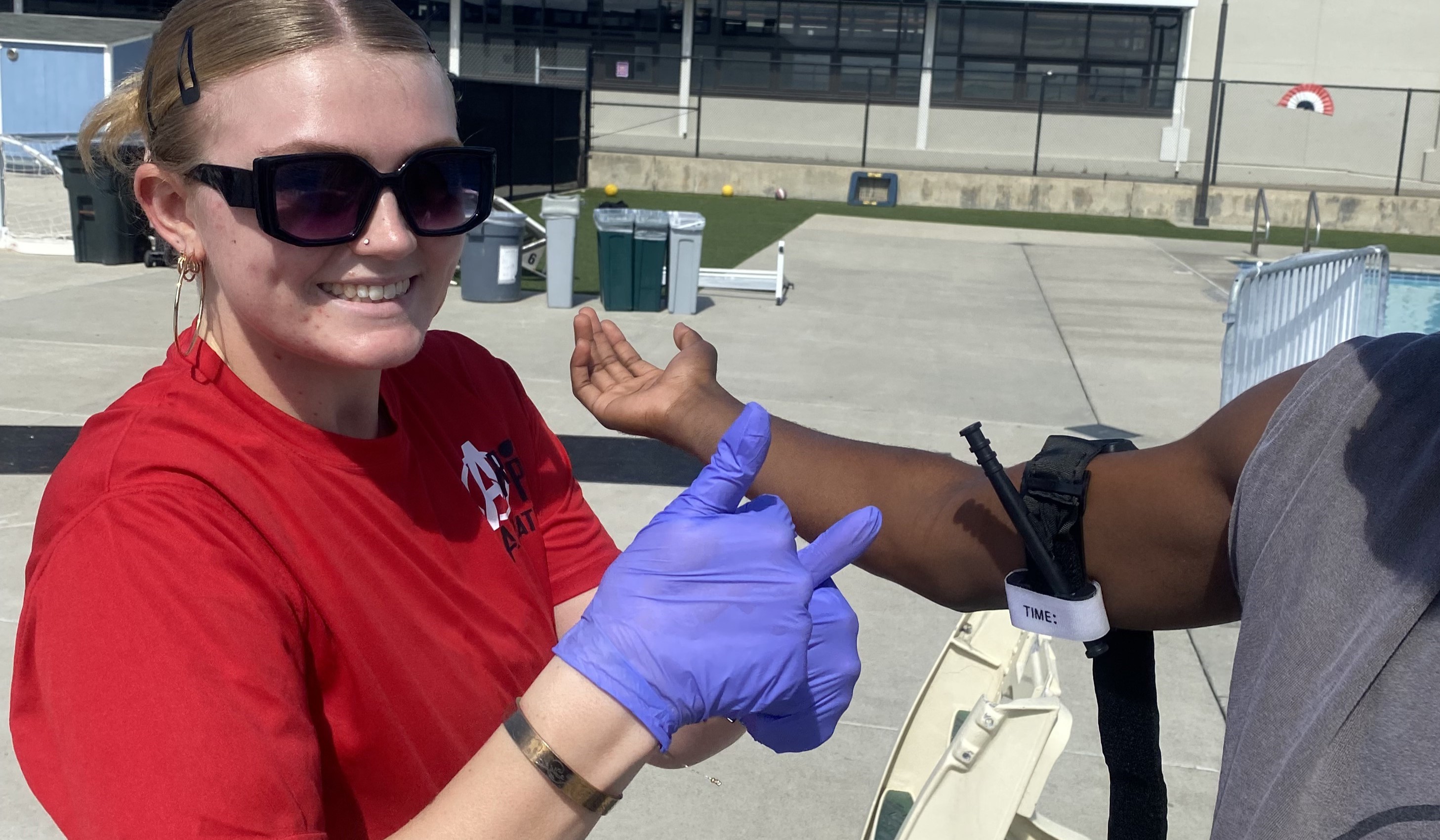Read more
Poorly designed and constructed artificial rock causes a myriad of problems for the pool industry. Sometimes the issue is safety, particularly in earthquake-prone regions, while in other instances, a mismatch between the homeowners’ expectations and the design as it was delivered is to blame.
Yet whatever the reason, artificial rock remains one of the most difficult — and most rewarding — aspects of exterior design.
When utilized correctly, it allows builders to design high-quality installations without concern for the space constraints created by authentic boulders. However, poor decisions regarding shading, placement, shape and proportion can result in a project that dwarfs the surrounding area with a cartoonish monstrosity.
This is the first of a two-part series featuring best practices for the design and construction of non-natural rock installations. It begins with a discussion of the complex benefits and challenges of glass fiber reinforced concrete rock from manufactured castings versus the classical, hand-sculpted technique. Following that is an examination of the preparation and engineering methods needed to plot a project, as well as practical construction applications to ensure durability and code compliance.
Subsequent editions will explore methods of replicating natural formations, customized features, fissures and coloration.



